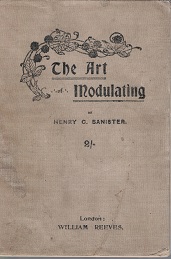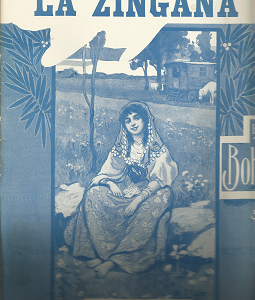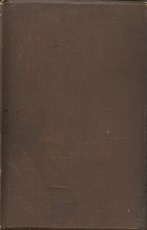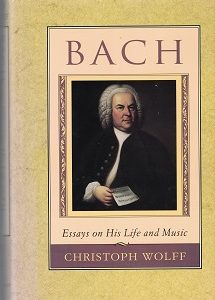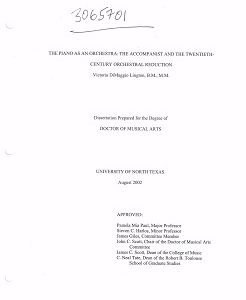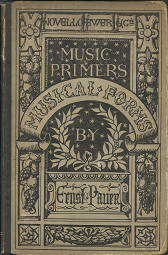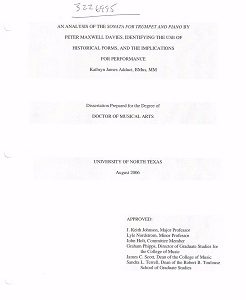Developing Variation in the Chorale Preludes for Organ, Opus 122 by Johannes Brahms
$50.00
Full Title: Developing Variation in the Chorale Preludes for Organ, Opus 122 by Johannes Brahms.
A thesis submitted to the Division of Research and Advanced Studies of the University of Cincinnati in partial fulfillment of the requirements for the degree of Doctorate of Musical Arts (DMA) in the Department of Organ of the College-Conservatory of Music 2001.
Abstract:
The Chorale Preludes of Opus 122, Brahms’s final work, present a analytical challenge. Are the Choral Preludes simply superb variations on their respective chorale melodies, or are they something more? Do they contain stylistic elements developed in other works of Brahms’s late style? This thesis will explore the role of one such element – the concept of developing variation.
The concept of developing variation was first proposed and discussed by the composer/theorist, Arnold Schoenberg. In his discussions of developing variation, Schoenberg describes how a small musical idea with distinct melodic and rhythmic features, a motive, can develop into something new through variation to some of its basic features. Various forms of the basic motive can then combine in order to generate larger musical units. The concept of developing variation has proven very helpful in understanding ht the music of Brahms, particularly late Brahms.
In relation to developing variation, the chorale prelude genre presents a special challenge. A chorale prelude is based on a pre-existing melody which is presented completely in one voice. This restrictive structure at first seems to preclude developing variation. However, we will discover that developing variation is a driving force in Brahms’s final work. In order to study the role of developing variation in Opus 122, analytical techniques commonly employed to help understand Brahms’s music will be applied to three choral preludes (numbers 2, 3 and 8). The analytical approaches to be applied include Heinrich Schenker’s method of graphing the voice leading of a work and Arnold Schoenberg’s method of mapping motivic development. Both the chorale setting and its respective chorale melody will be analyzed. Not only are motive forms active in the chorale setting foreseen in the pre-existing melody, but the chorale melody suggests specific types of variation to be explored in the chorale setting. While the given melodies suggest a basic idea for each setting, Brahms’s development of each basic idea is remarkable. In his settings, developing variation occurs at several structural levels, providing unity, contrasts, and character within these remarkable works.
Unbound thesis. Three holes punched for a binder. There is little to no wear. Clean text.
v1 bx-23
1 in stock


